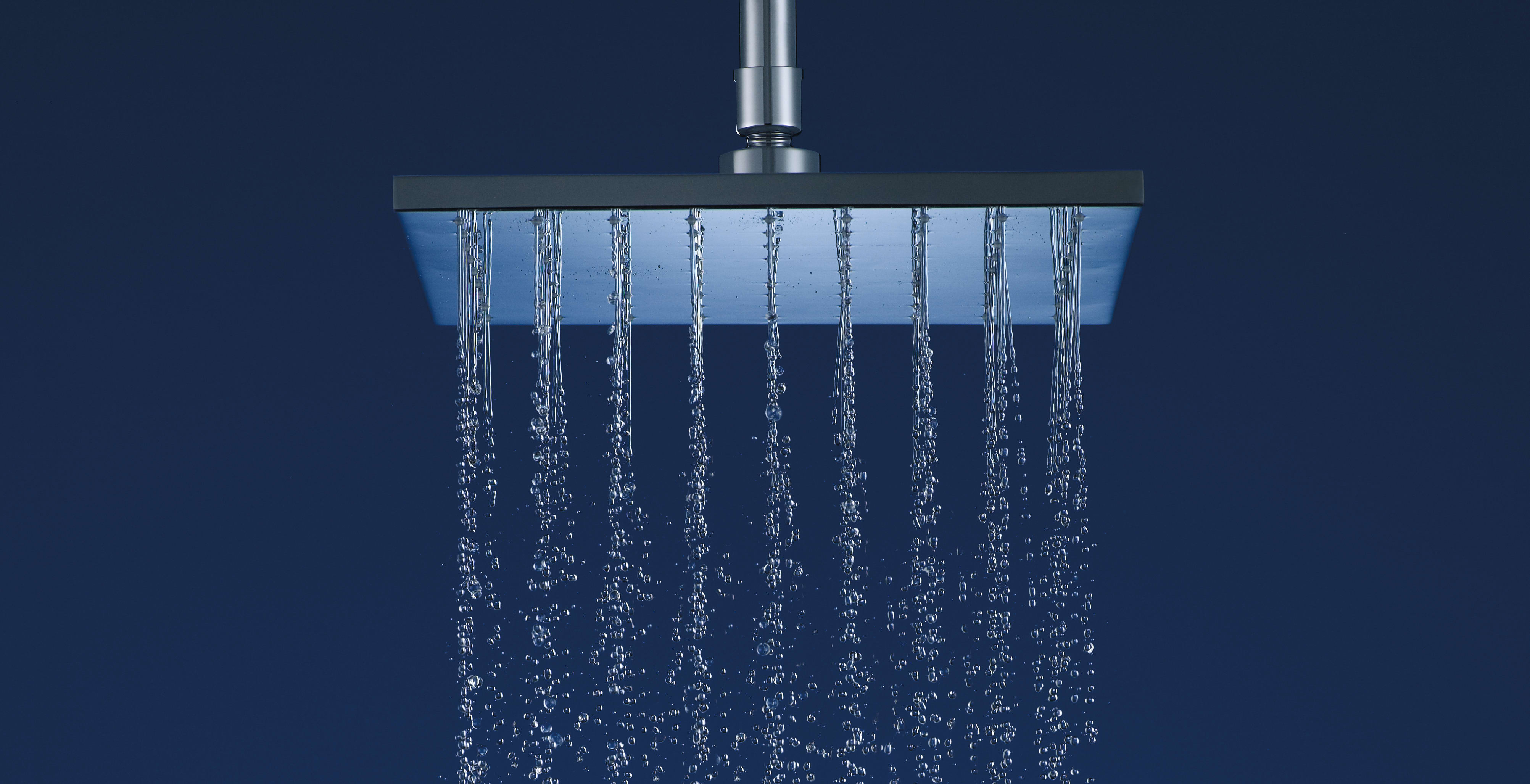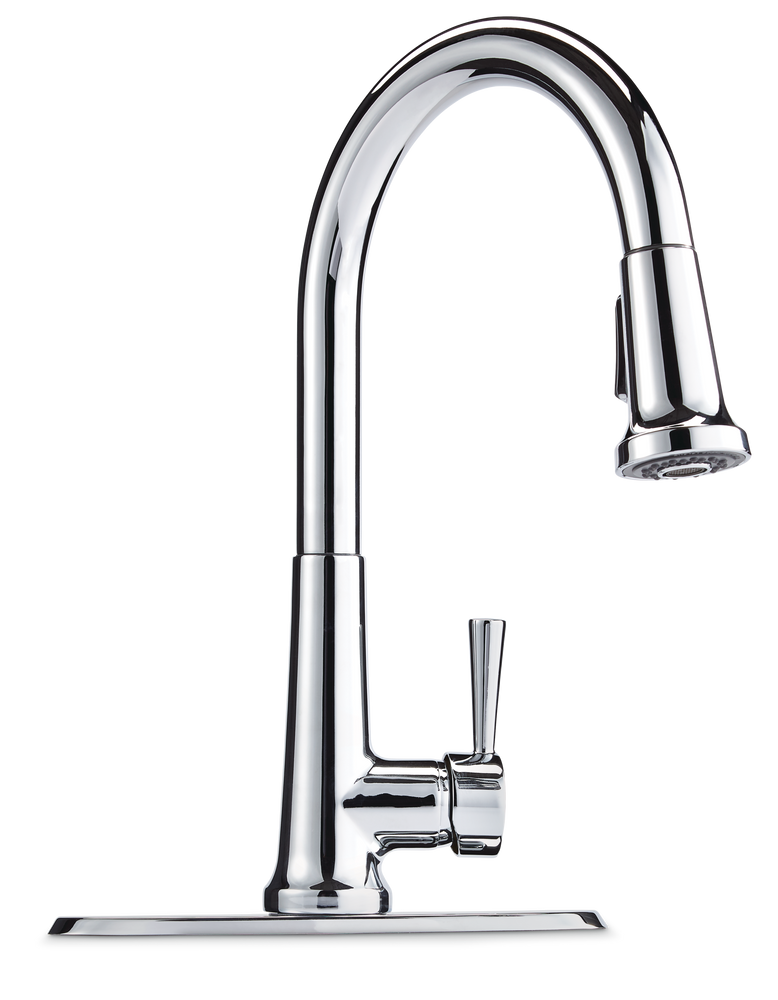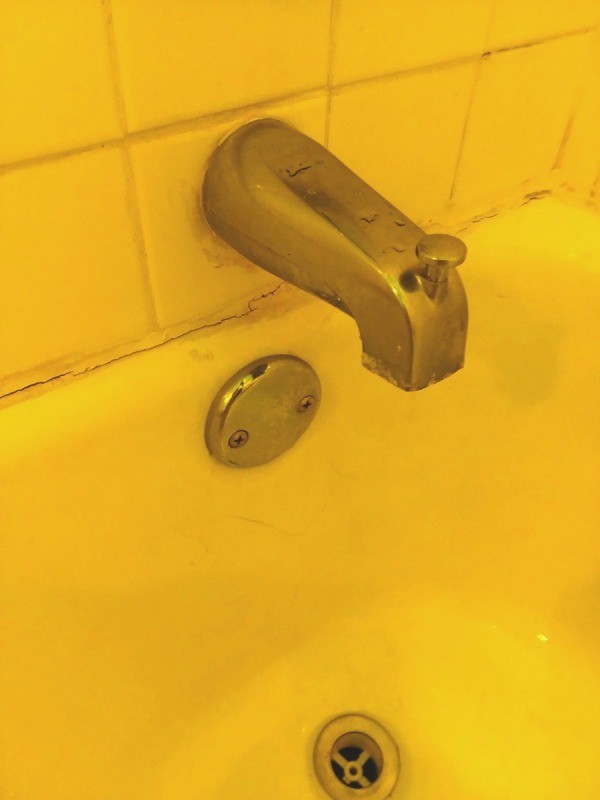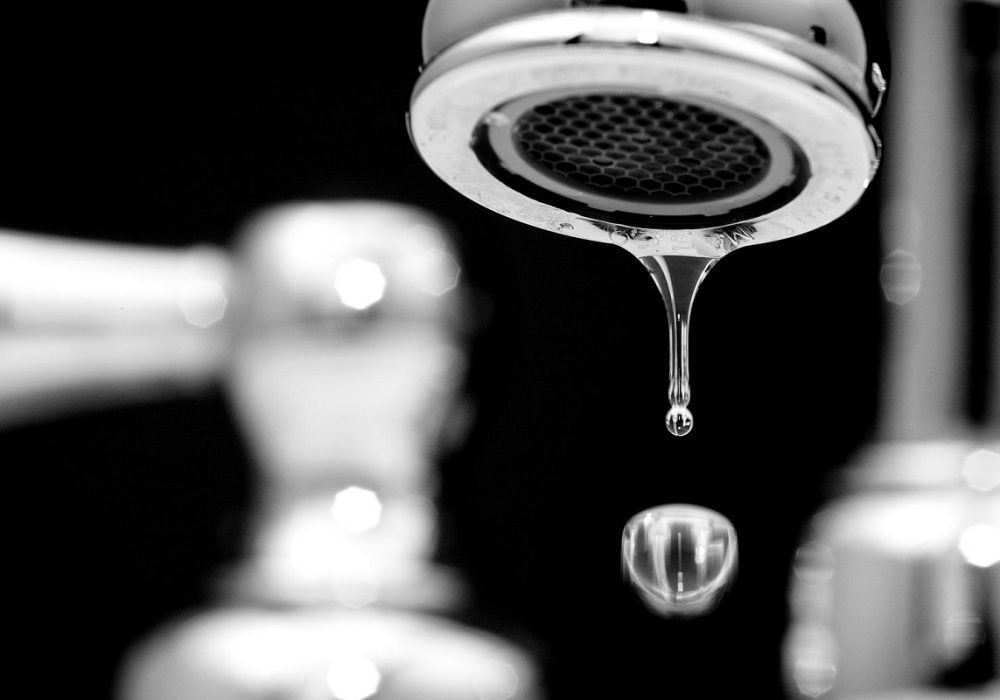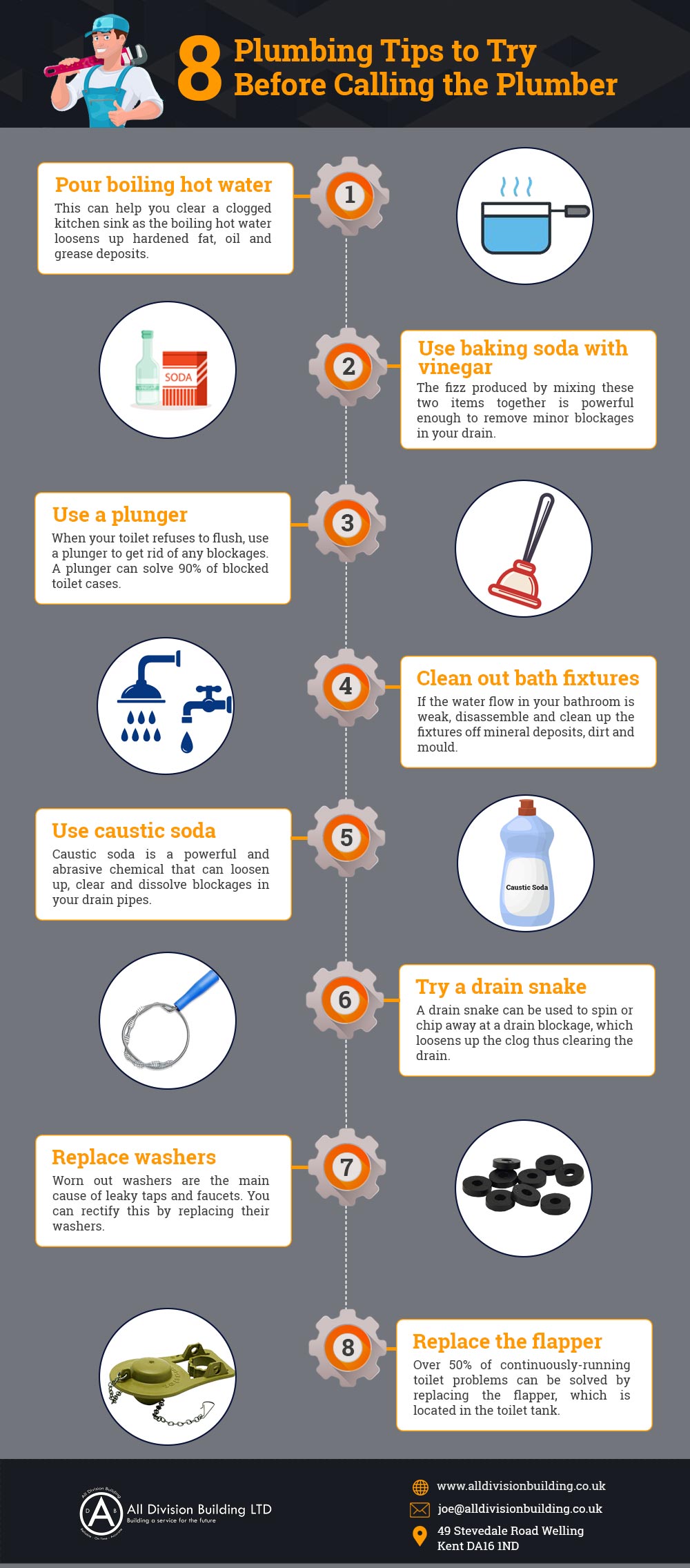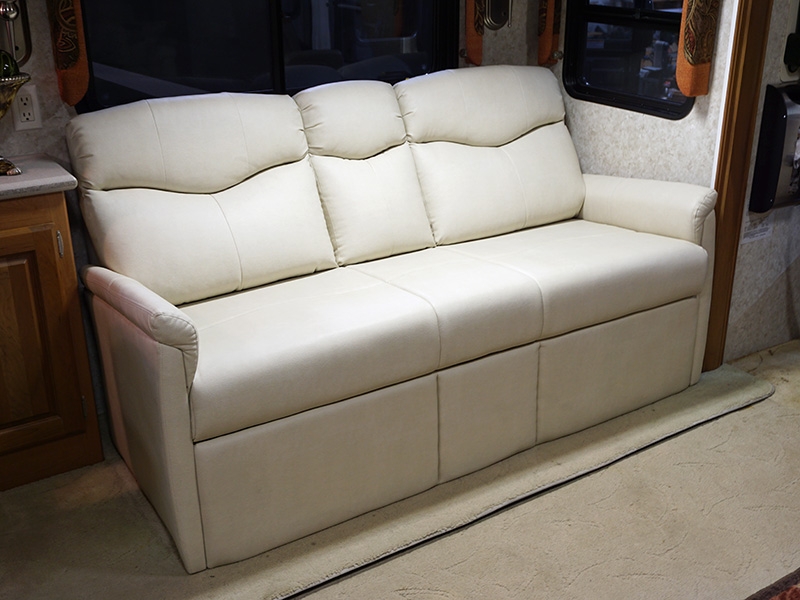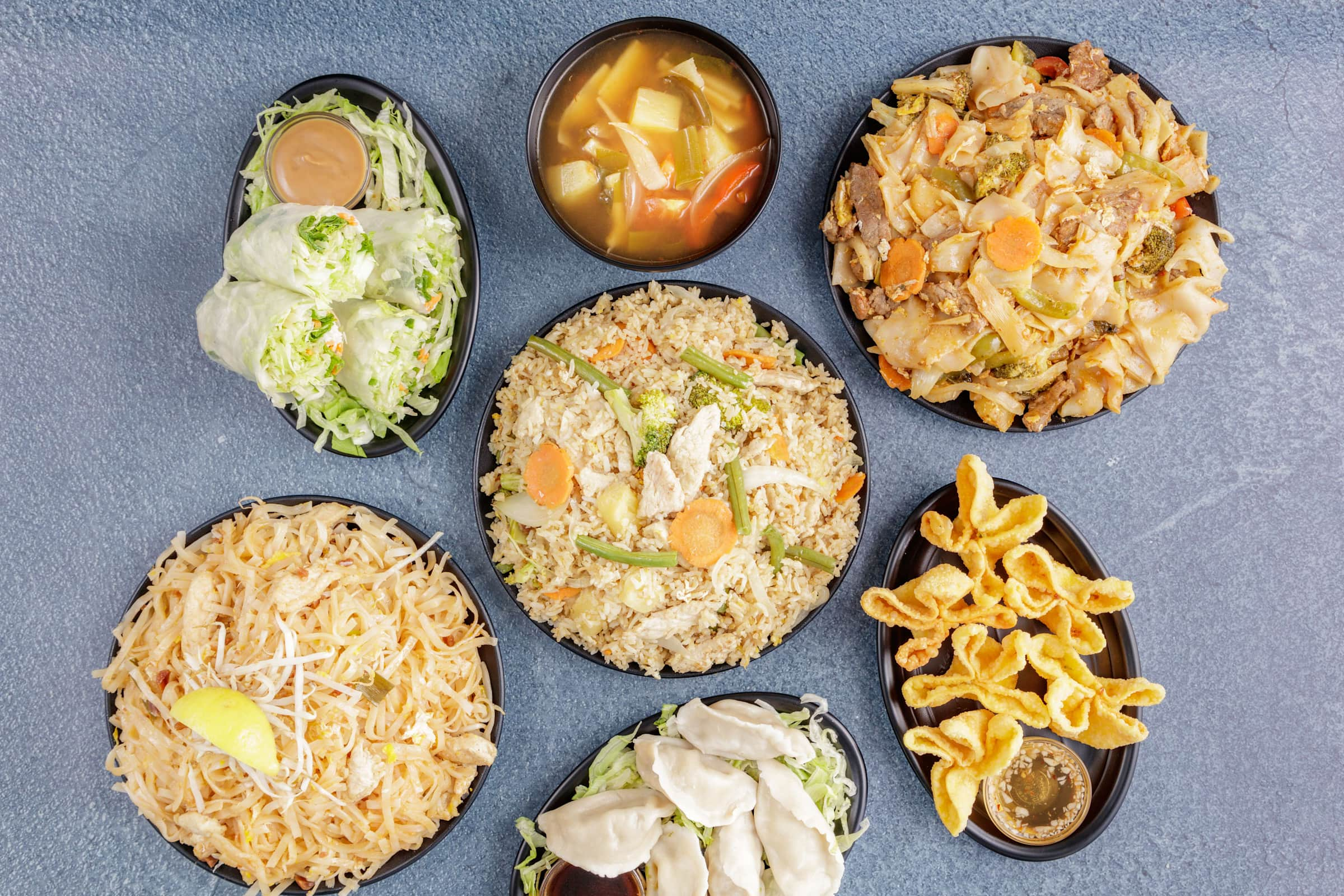The aerator is a small screen at the end of your faucet that helps to regulate the flow of water. Over time, it can become clogged with mineral deposits and debris, which can restrict the flow of water. To check if the aerator is the cause of your low water pressure, simply unscrew it from the faucet and turn on the water. If the water pressure is normal without the aerator, then it's time to clean or replace it.1. Check the aerator
If you've determined that the aerator is the culprit, you can easily clean it to restore proper water flow. Soak the aerator in a mix of water and white vinegar for about an hour, then scrub it with an old toothbrush to remove any buildup. Rinse it thoroughly and screw it back onto the faucet. If cleaning doesn't work, you may need to replace the aerator completely.2. Clean the aerator
Your kitchen sink has a water supply valve that controls the flow of water to the faucet. If it's not fully open, it can cause low water pressure. To check this, locate the valve under the sink and make sure it's fully turned on. If it's partially closed, open it all the way to see if it increases the water pressure.3. Check the water supply valve
Clogs in the pipes can also lead to low water pressure in your kitchen sink. If there's a clog, it could be caused by food debris, grease, or other materials that have built up over time. You can try using a plunger to clear the clog, or use a plumbing snake to reach deeper into the pipes. If the clog is too stubborn, you may need to call a plumber for professional help.4. Check for clogs in the pipes
If your home has a water pressure regulator, it works to keep the water pressure at a consistent level. If it's malfunctioning, it can cause low water pressure in your kitchen sink. You can check the regulator by locating it near the main water supply line and adjusting the screw to increase the pressure. If this doesn't work, you may need to replace the regulator.5. Check the water pressure regulator
Leaks in the pipes can also contribute to low water pressure in your kitchen sink. Check the pipes under the sink for any visible leaks or signs of water damage. If you find a leak, you'll need to fix or replace the affected pipe to restore proper water pressure.6. Check for leaks in the pipes
If you're experiencing low water pressure in your kitchen sink, it's a good idea to check the water pressure in other faucets throughout your home. If the water pressure is low in all faucets, it could be a problem with the main water supply line or the municipal water supply. In this case, you'll need to contact your water provider for assistance.7. Check the water pressure in other faucets
If the water pressure is only low in your kitchen sink, you may need to check the water pressure coming from the main supply line. You can do this by attaching a pressure gauge to an outdoor faucet and turning on the water. If the pressure is below 40-60 psi, you may need to contact a plumber to adjust the pressure or install a pressure regulator.8. Check the water pressure from the main supply line
If all else fails, it may be time to replace your kitchen faucet. Over time, faucets can become worn out, and the internal parts can break down, causing low water pressure. You can either replace the faucet yourself or hire a professional plumber to do it for you.9. Replace the faucet
If you've tried all of the above steps and are still experiencing low water pressure in your kitchen sink, it's best to call a professional plumber for assistance. They have the knowledge and tools to diagnose and fix the issue, ensuring your kitchen sink has proper water pressure once again. Dealing with low water pressure in your kitchen sink can be frustrating, but with these tips, you can troubleshoot and fix the problem. Whether it's a simple cleaning or a more complex issue, you can restore your kitchen sink's water pressure and make your daily tasks easier and more efficient.10. Call a plumber for professional help
The Importance of Adequate Water Pressure in Your Kitchen Sink

The Role of Water Pressure in Kitchen Design
 When it comes to designing a functional and efficient kitchen, one often thinks about the layout, appliances, and storage options. However, one important aspect that is often overlooked is water pressure. Adequate water pressure in your kitchen sink is crucial for a smooth cooking and cleaning experience. Low water pressure can be frustrating and can even hinder daily tasks. Let's explore the role of water pressure in kitchen design and how to address low water pressure in your kitchen sink.
When it comes to designing a functional and efficient kitchen, one often thinks about the layout, appliances, and storage options. However, one important aspect that is often overlooked is water pressure. Adequate water pressure in your kitchen sink is crucial for a smooth cooking and cleaning experience. Low water pressure can be frustrating and can even hinder daily tasks. Let's explore the role of water pressure in kitchen design and how to address low water pressure in your kitchen sink.
The Effects of Low Water Pressure
 Low water pressure can occur due to various reasons such as clogged pipes, leaky faucets, or a malfunctioning water pump. This can result in a weak and inconsistent flow of water in your kitchen sink. The effects of low water pressure can range from minor inconveniences to major disruptions in your daily routine. For instance, washing dishes with low water pressure can take longer and require more effort, while filling up a pot for cooking can be a time-consuming task. Additionally, low water pressure can also affect the performance of your dishwasher and other kitchen appliances.
Low water pressure can occur due to various reasons such as clogged pipes, leaky faucets, or a malfunctioning water pump. This can result in a weak and inconsistent flow of water in your kitchen sink. The effects of low water pressure can range from minor inconveniences to major disruptions in your daily routine. For instance, washing dishes with low water pressure can take longer and require more effort, while filling up a pot for cooking can be a time-consuming task. Additionally, low water pressure can also affect the performance of your dishwasher and other kitchen appliances.
The Importance of Adequate Water Pressure
 Having adequate water pressure in your kitchen sink is essential for a smooth and efficient cooking and cleaning experience. Strong water pressure allows for faster and more effective cleaning of dishes and other kitchen items. It also ensures a steady flow of water for cooking and preparing meals. Moreover, adequate water pressure is necessary for the proper functioning of kitchen appliances such as dishwashers, ice makers, and garbage disposals. These appliances require a certain amount of water pressure to function effectively, and low water pressure can cause them to malfunction or take longer to complete their tasks.
Having adequate water pressure in your kitchen sink is essential for a smooth and efficient cooking and cleaning experience. Strong water pressure allows for faster and more effective cleaning of dishes and other kitchen items. It also ensures a steady flow of water for cooking and preparing meals. Moreover, adequate water pressure is necessary for the proper functioning of kitchen appliances such as dishwashers, ice makers, and garbage disposals. These appliances require a certain amount of water pressure to function effectively, and low water pressure can cause them to malfunction or take longer to complete their tasks.
Addressing Low Water Pressure
 If you are experiencing low water pressure in your kitchen sink, it is important to address the issue promptly. One of the first steps is to check for any clogged pipes or faucets and address them accordingly. If the issue persists, it may be necessary to call a professional plumber to inspect and fix the problem. Installing a water pressure booster can also be a solution, as it can increase the water pressure in your kitchen sink.
In conclusion, adequate water pressure in your kitchen sink is crucial for a functional and efficient kitchen. Low water pressure can cause inconvenience and disrupt daily tasks, so it is important to address the issue promptly. By understanding the role of water pressure in kitchen design and taking necessary steps to maintain it, you can ensure a smooth and enjoyable kitchen experience.
If you are experiencing low water pressure in your kitchen sink, it is important to address the issue promptly. One of the first steps is to check for any clogged pipes or faucets and address them accordingly. If the issue persists, it may be necessary to call a professional plumber to inspect and fix the problem. Installing a water pressure booster can also be a solution, as it can increase the water pressure in your kitchen sink.
In conclusion, adequate water pressure in your kitchen sink is crucial for a functional and efficient kitchen. Low water pressure can cause inconvenience and disrupt daily tasks, so it is important to address the issue promptly. By understanding the role of water pressure in kitchen design and taking necessary steps to maintain it, you can ensure a smooth and enjoyable kitchen experience.
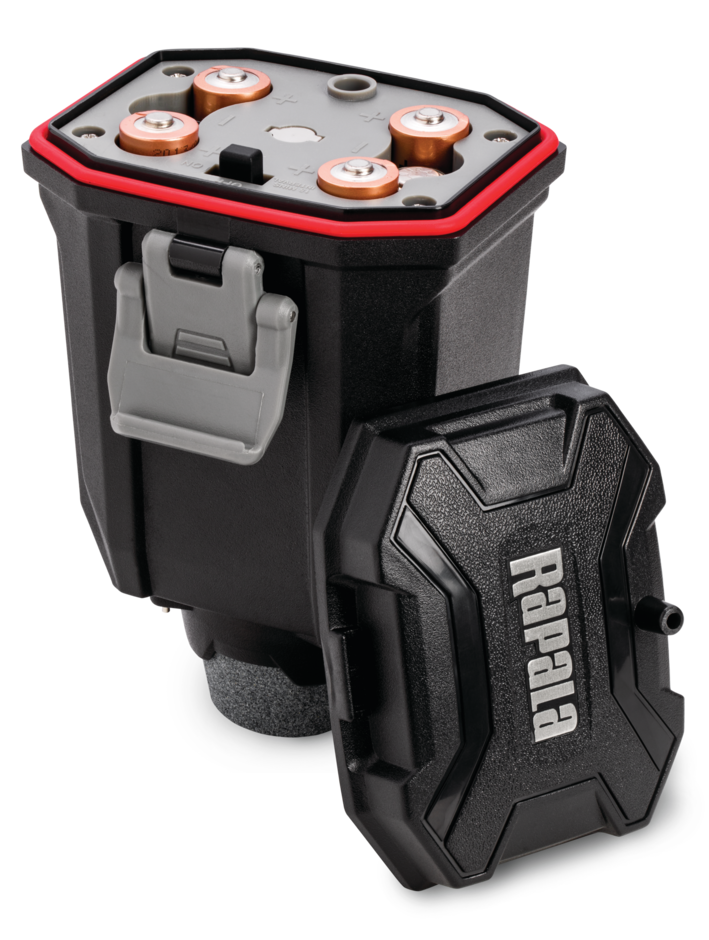

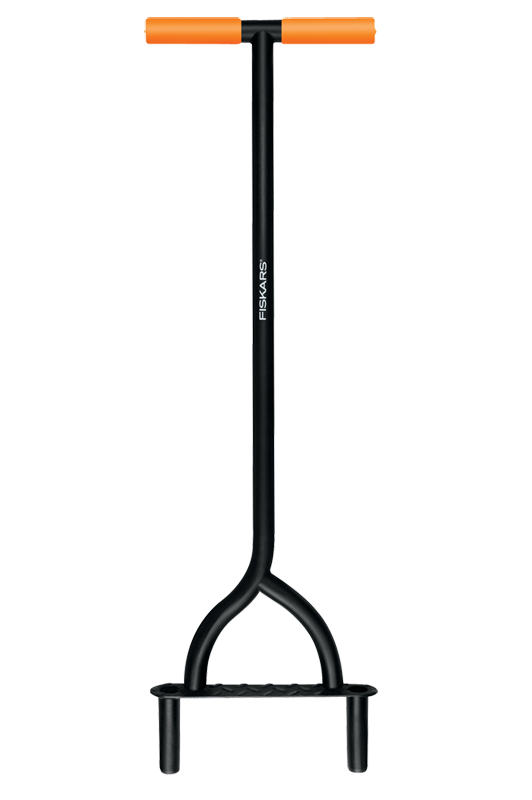



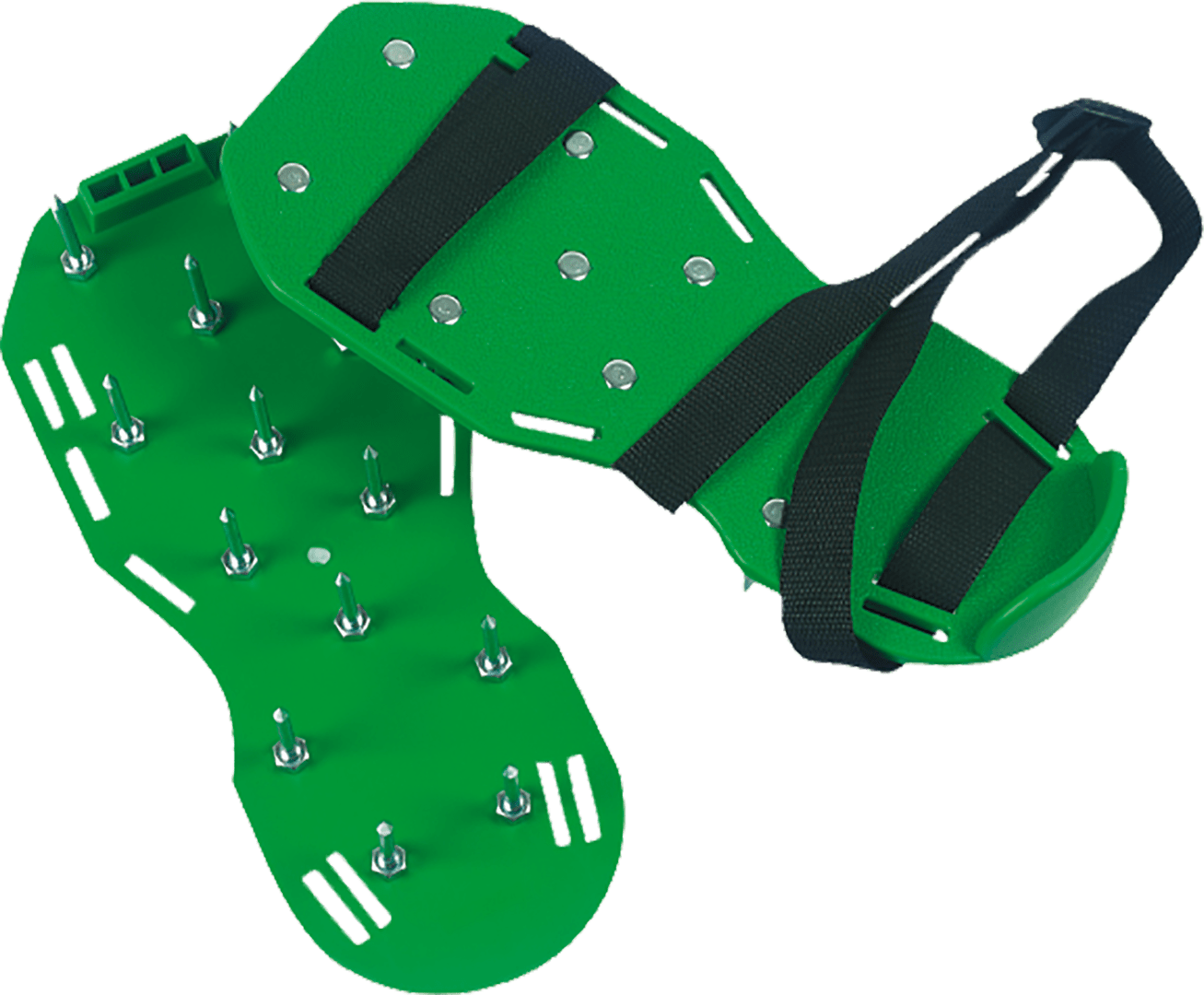




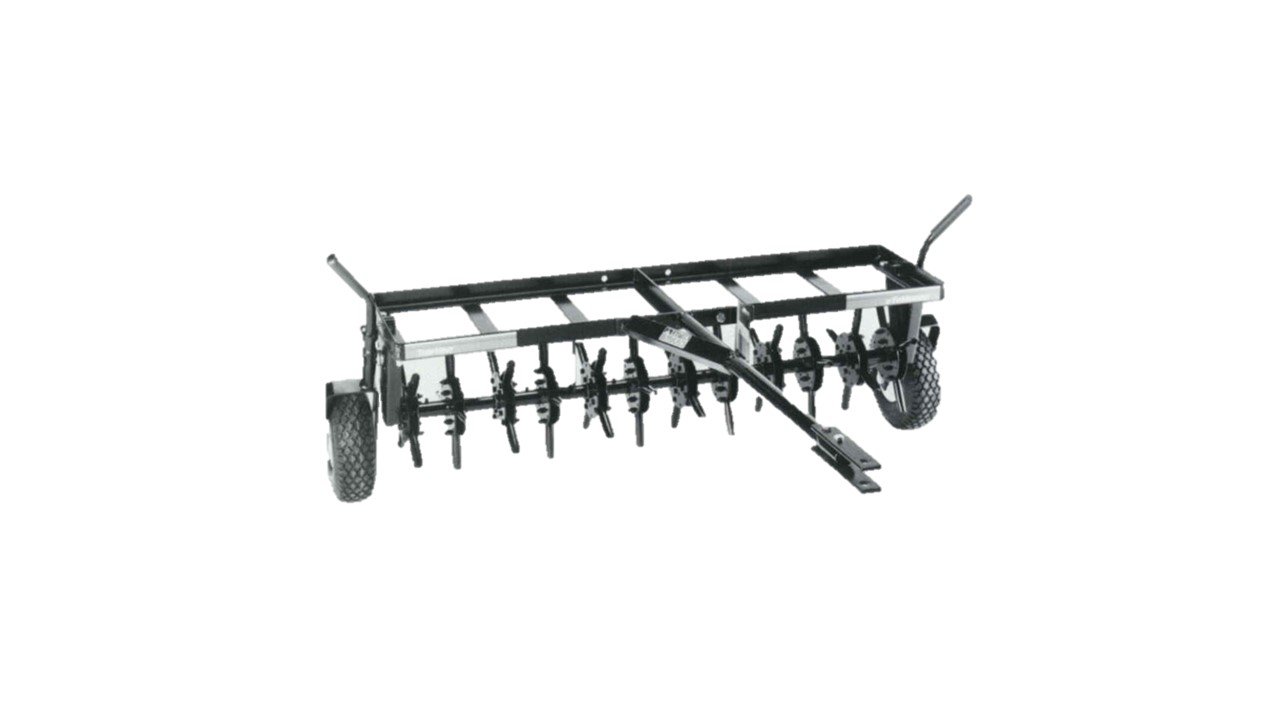







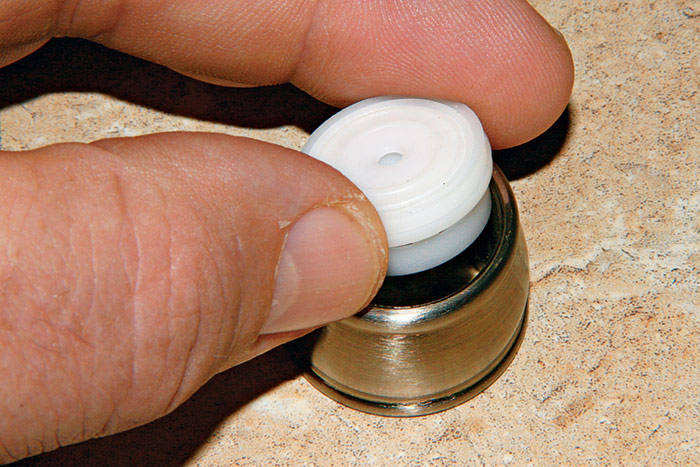
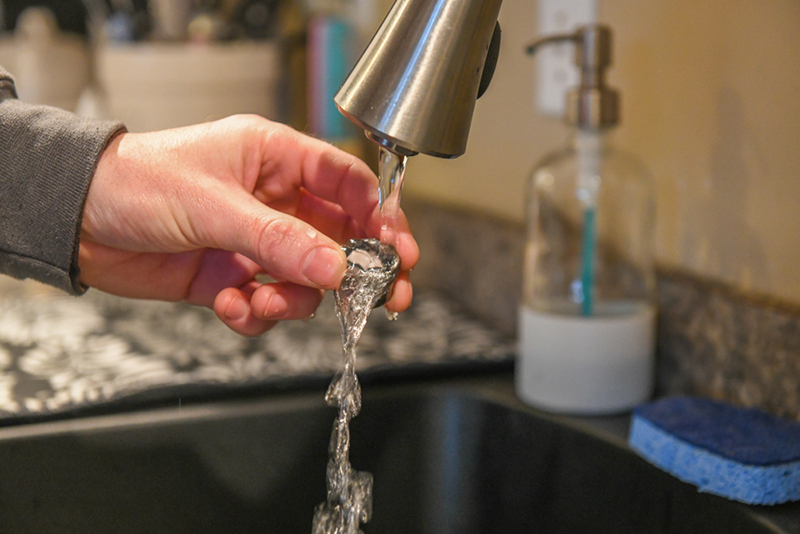







:max_bytes(150000):strip_icc()/GettyImages-1057621140-78ab2e946841421d9a7efeebe02935d2.jpg)






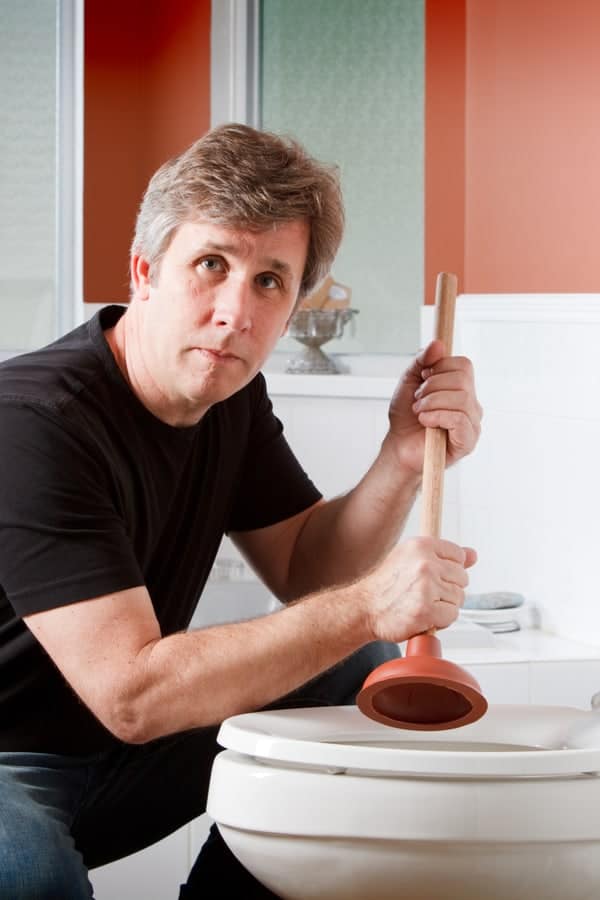





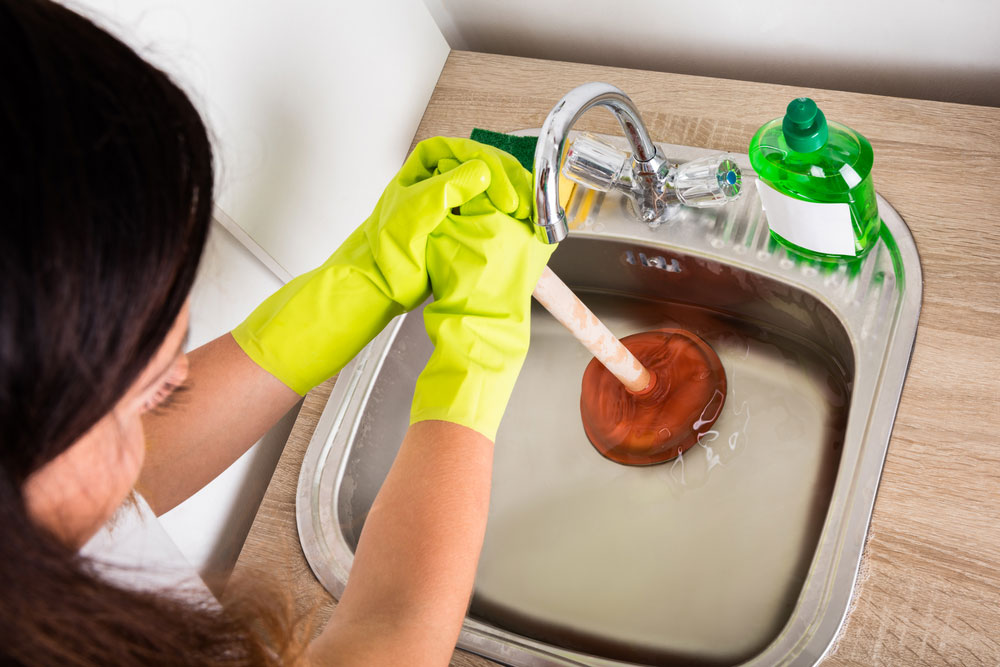


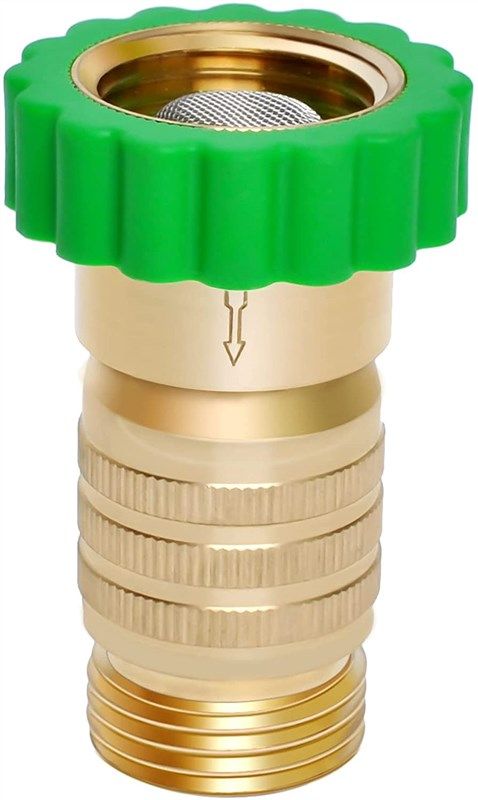
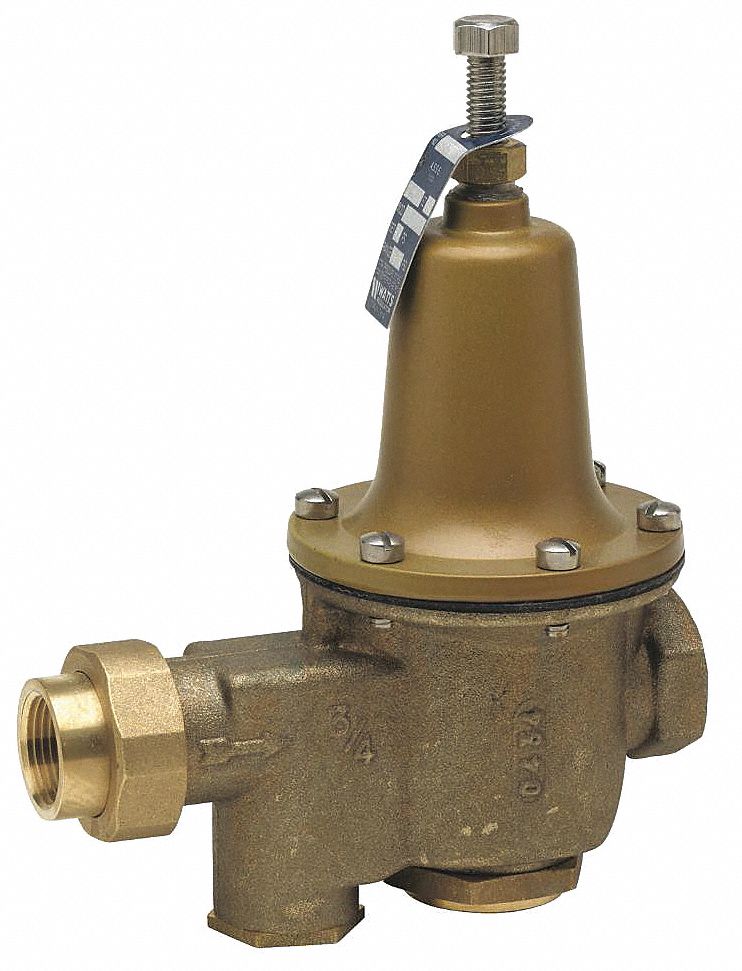
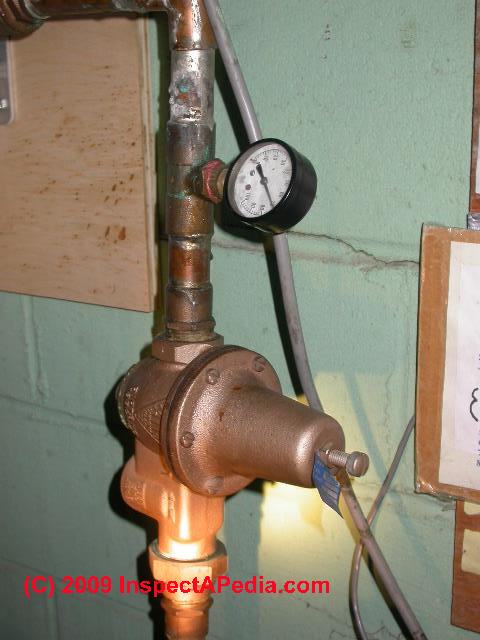



:max_bytes(150000):strip_icc()/testing-water-pressure-in-your-home-2718692-hero-98f45508ca5d44b6b551034ac5cedab5.jpg)
:max_bytes(150000):strip_icc()/the-men-s-hand-opens-the-ball-valve-on-the-collector-1006810456-5c5fc73fc9e77c000159c4af.jpg)


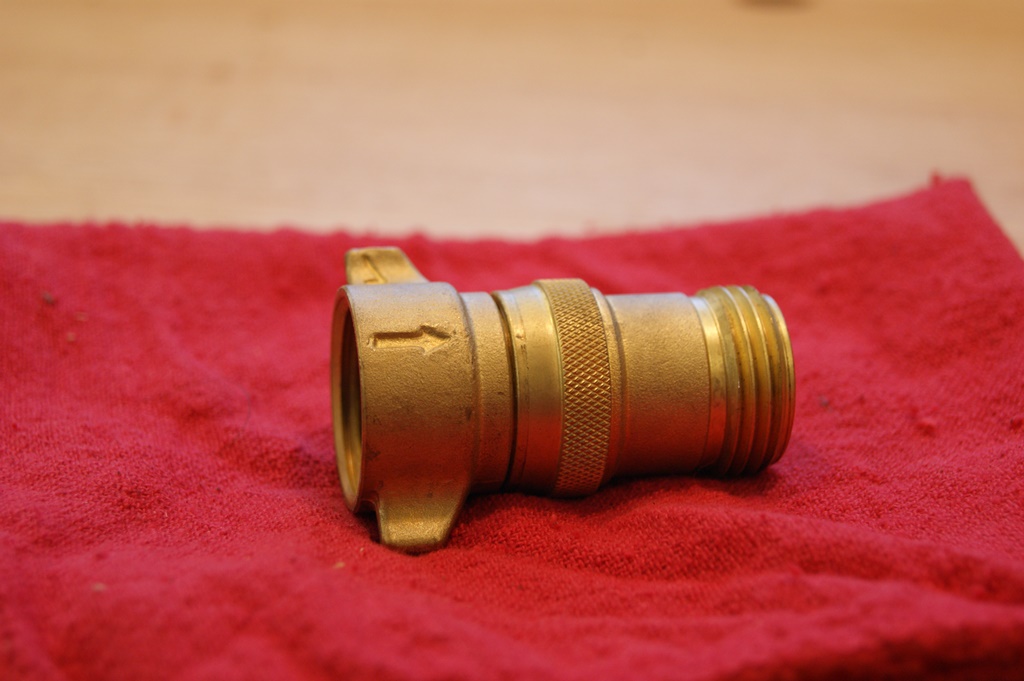



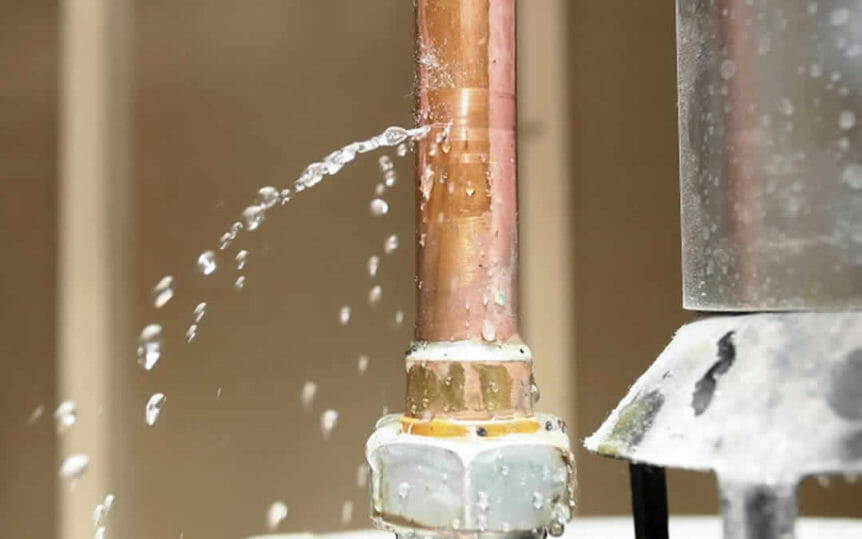



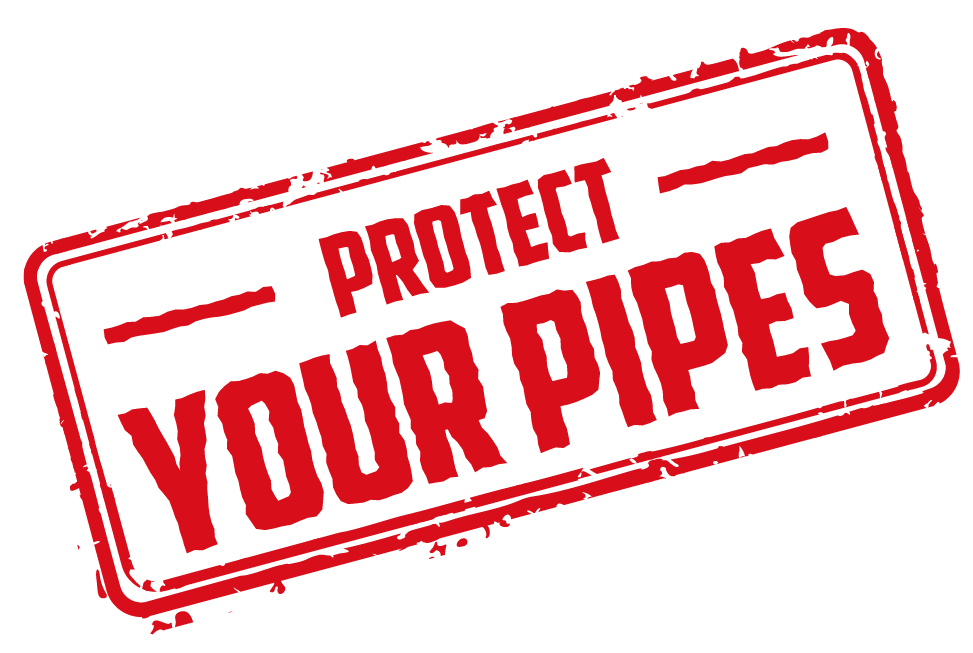


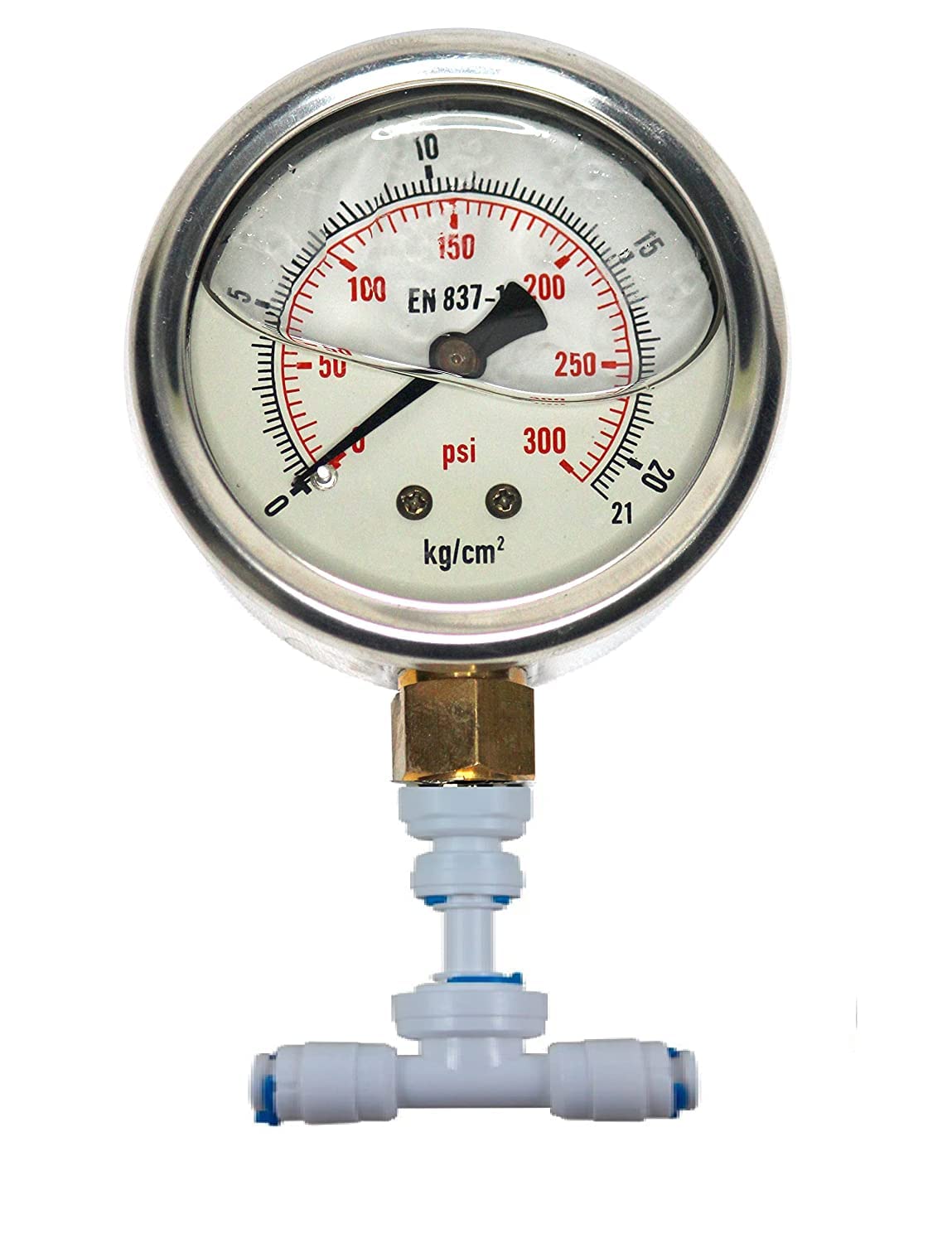





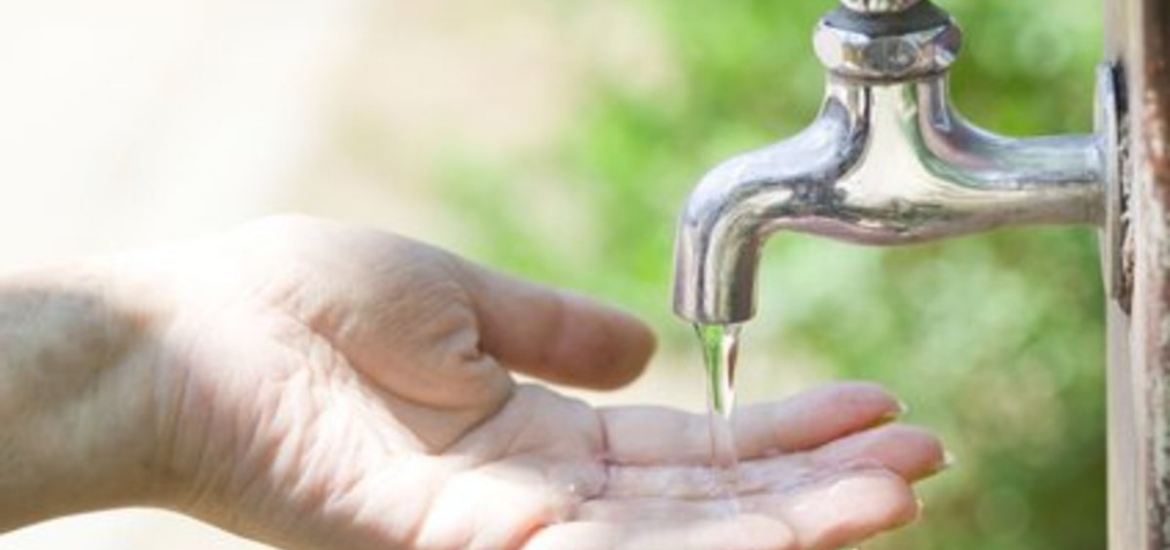
:max_bytes(150000):strip_icc()/testing-water-pressure-in-your-home-2718692-04-c37ab3236d0d4b61b87079ebf9ef823e-c1e1ef0104fb44778a287bd9bb5ec140.jpeg)
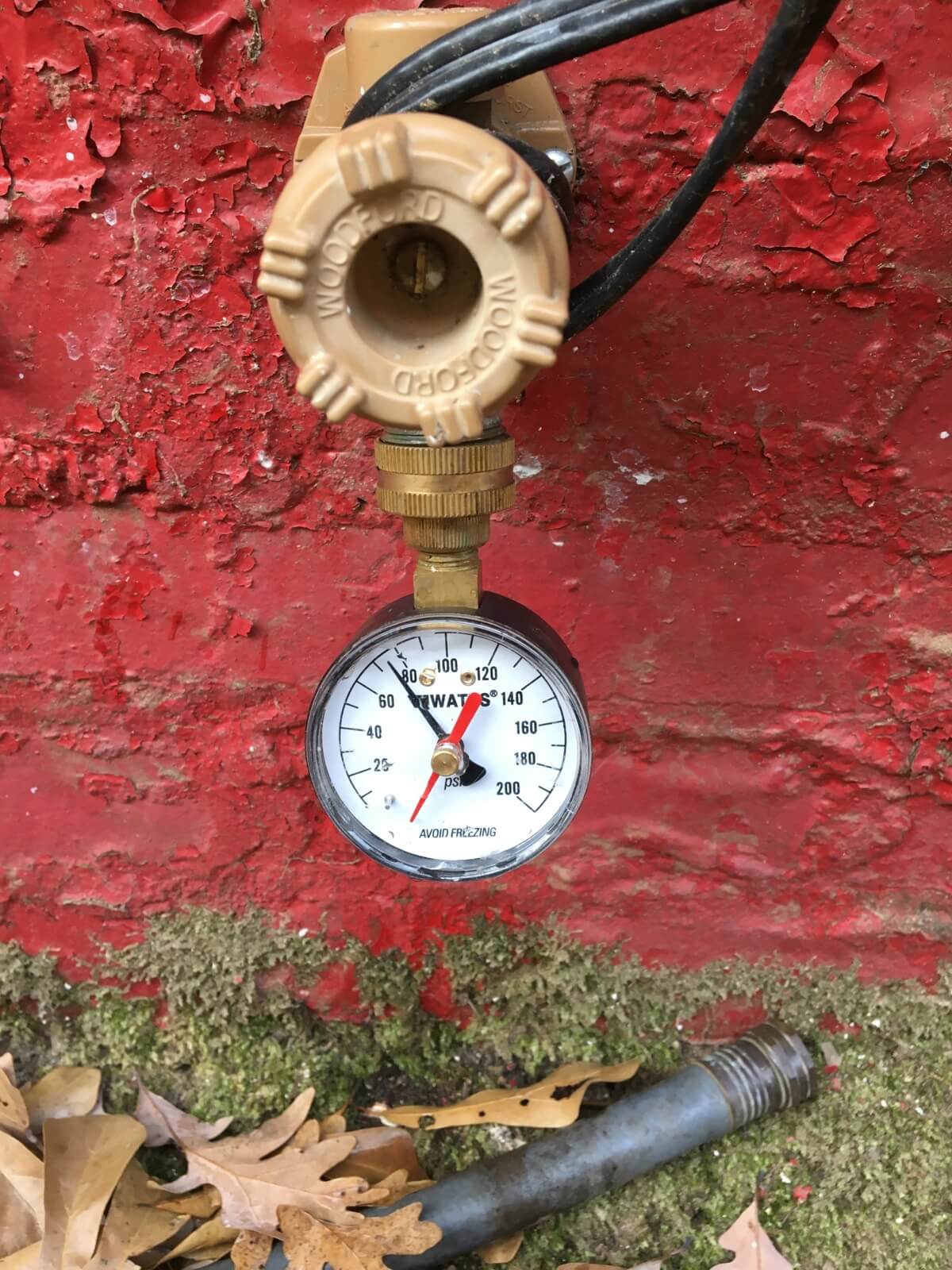



/testing-water-pressure-in-your-home-2718692-hero-98f45508ca5d44b6b551034ac5cedab5.jpg)
